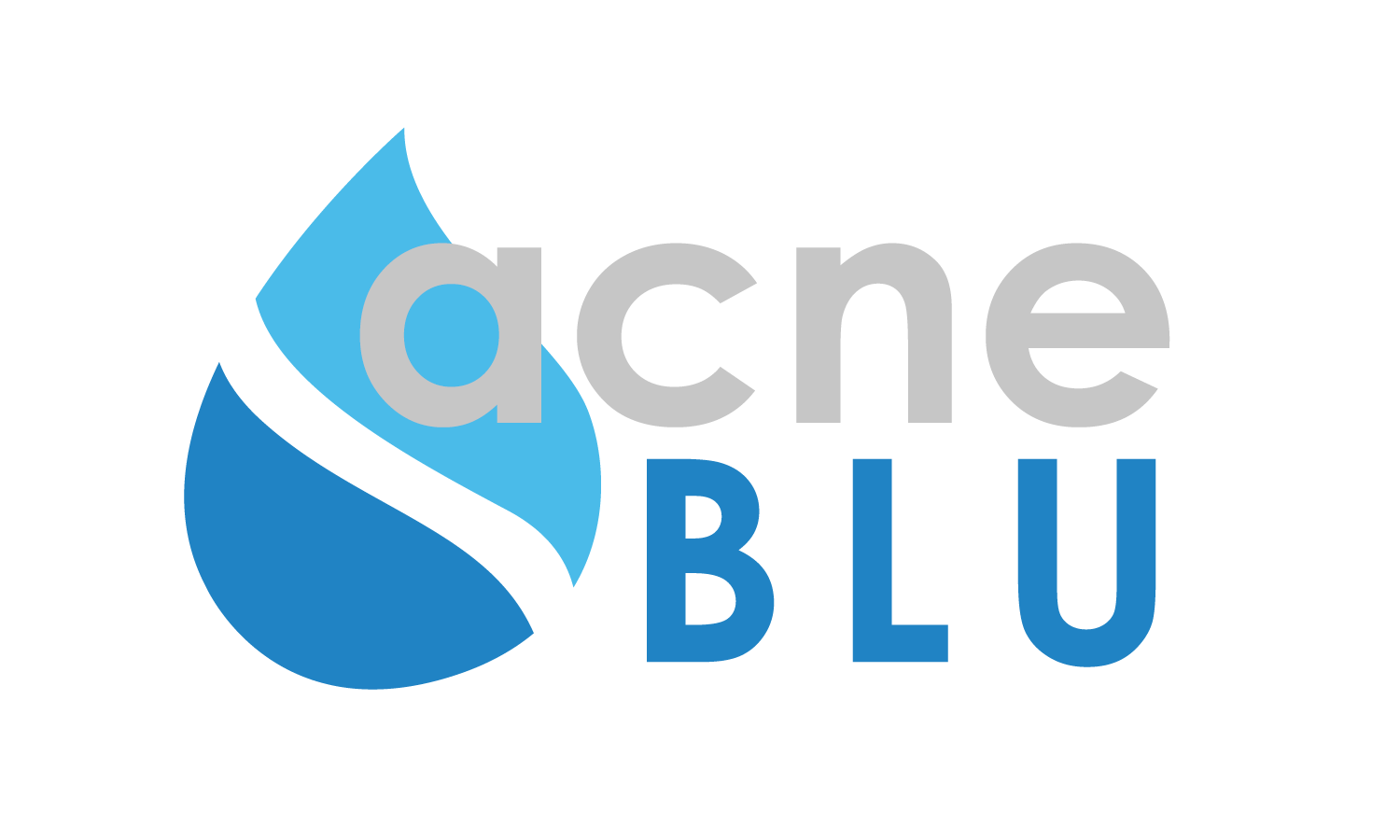2024/07/26 printed from http://dermboard.org All Rights Reserved

What is a psoriasis?
 Psoriasis is a long-lasting, non-contagious skin disease of unknown cause that can run in families. Up to 2 % of Americans have psoriasis. It looks like red scaly thickened skin, usually showing up on elbows and knees, but it can show up anywhere on the skin from just a one spot to the involvement of the entire skin. Psoriasis can come and go in an entire life, and can happen anytime during life. It affects women and men equally. It is usually worse in the winter months, and better in the summer. There is no cure as of yet, but there are many treatments that can control it.

How does psoriasis look like and how does it feel?
Psoriasis usually looks like a dry, red, scaly and thickened skin on elbows and knees, but it can show up anywhere on the skin, from just a one spot to the involvement of the entire skin including the scalp and genitalia. It can cause yellowish white spots on fingernails and toenails with fine pitting. Fingernails and toenails can also become thickened and crumbly. Psoriasis can be very itchy, but it may not have any abnormal feel to it.
There are several main types of psoriasis:
– plaque psoriasis (the most common),
– guttate psoriasis (has droplet-like spots, and can occur after Strep infections),
– pustular psoriasis (has pus bumps on red skin),
– erythrodermic psoriasis (the entire skin is red and scaly, the most severe form),
– inverse psoriasis (involves skin folds and genitalia).
Psoriasis can also involve joints, and that is called psoriatic arthritis. Many people with psoriasis have depressive feelings and anxiousness due to skin involvement, which should also be treated together with the skin.
Should I see my health care provider, if I think that I have a psoriasis?
Absolutely, since there are only very, very limited options available for over-the-counter treatment of psoriasis. In addition the psoriasis can be associated with depression and heart disease, so this should also be checked.
How can my health care provider help me?
Your health care provider will listen to your story and examine the rash. If needed, additional testing will be done, such as cutting out a small piece of the skin (i.e. biopsy) with the rash under local anesthesia for microscopic examination. Sometimes your health care provider will refer you to a dermatologist for further examination and the treatment.
What are the available treatments?
Rough rule is that psoriasis that involves less than 10% of body surface area (less than 10 surfaces of your palm) is usually treated with creams, ointments, foams, liquids and shampoos. Â Psoriasis that involves more than 10% of body surface area, psoriasis that involves face, psoriasis that causes severe psychological problems, or the one that involves joints, should be treated in addition with pills, shots and/or light treatments. As a rule, oral corticosteroids such as prednisone or methyl prednisolone should never be used, as they can worsen psoriasis in the long run. A great resource to learn more about psoriasis and its management is National Psoriasis Foundation web site https://psoriasis.org/.
